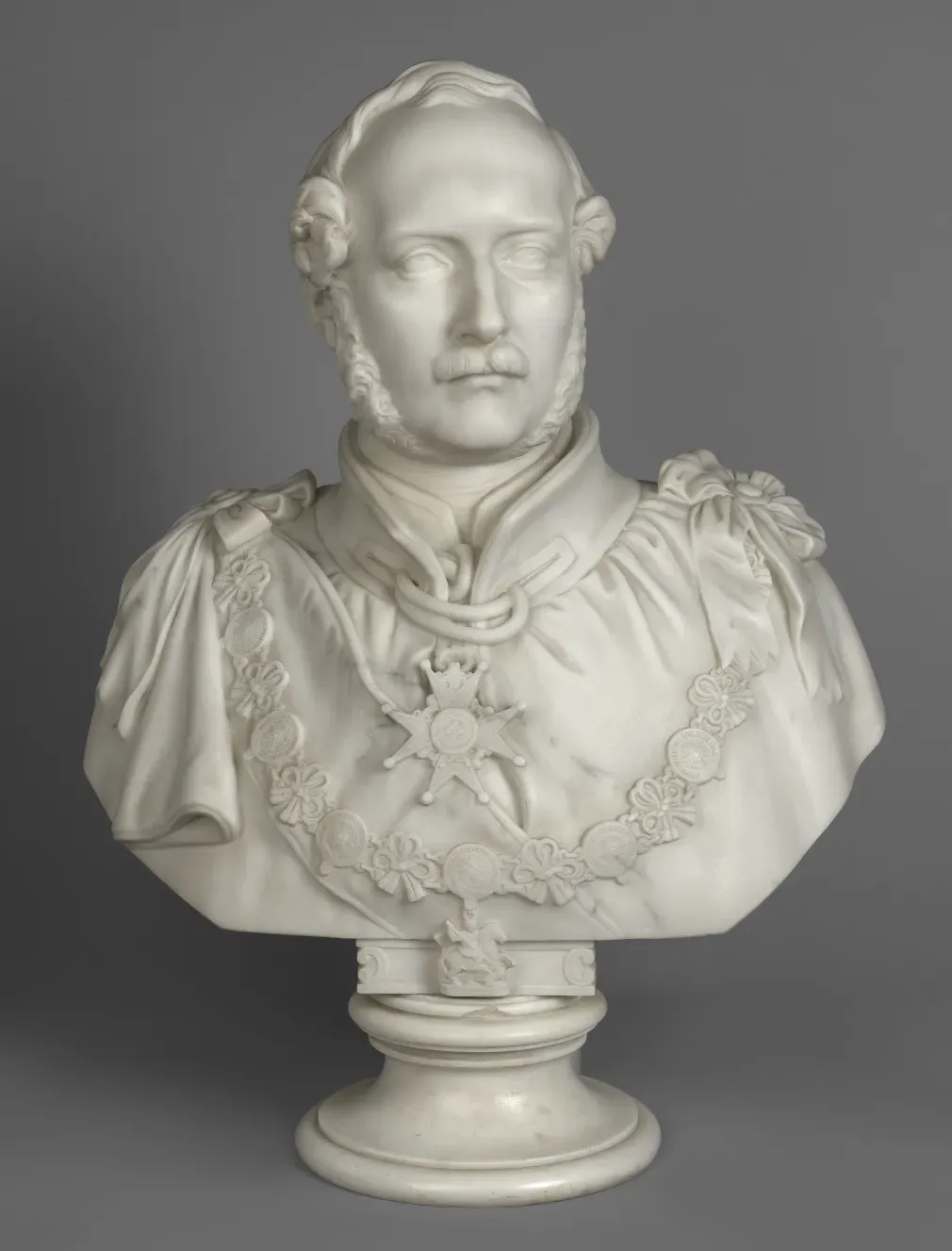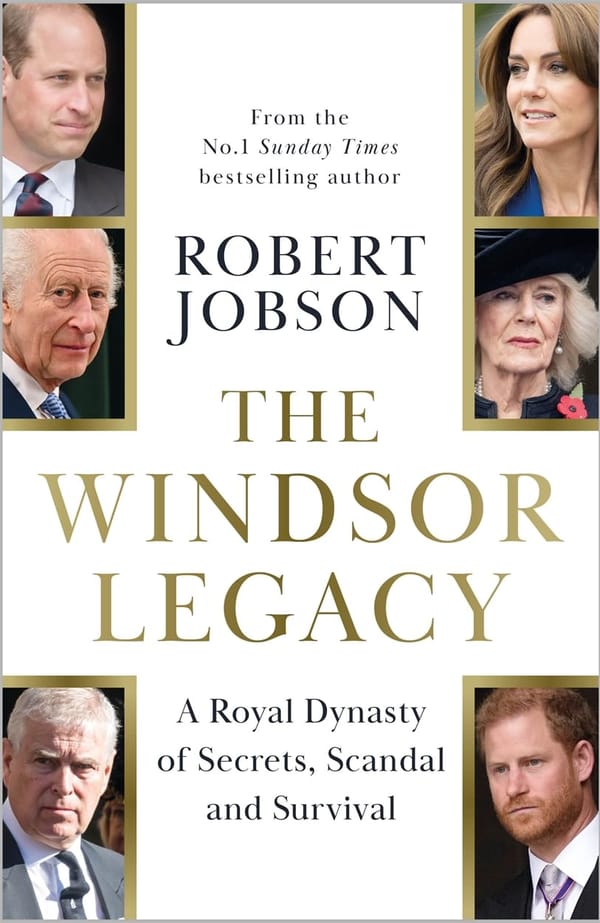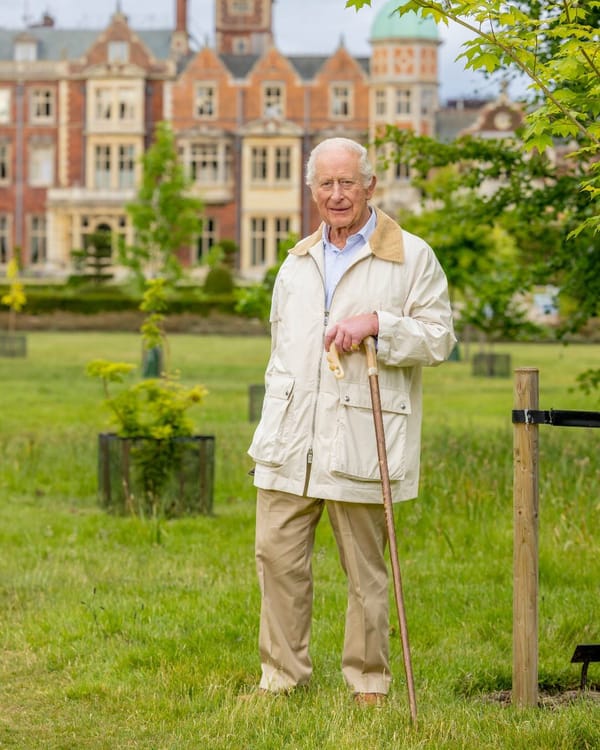A Daughter's Love Revealed: Princess Victoria's Secret Tribute to Prince Albert Hidden in Plain Sight

For more than 160 years, visitors to Windsor Castle have admired a magnificent marble bust of Prince Albert displayed prominently in St George's Hall. What they didn't know—and what art historians had long forgotten—was that this touching memorial was created not by a professional sculptor, but by the Prince Consort's grieving eldest daughter as a labor of love following his tragic death in 1861.
The remarkable discovery has emerged from groundbreaking research for a comprehensive new catalogue of European sculpture in the Royal Collection, revealing one of the most poignant stories of royal artistic expression ever uncovered.
A Father-Daughter Bond Through Art
Prince Albert and Princess Victoria, who later became Crown Princess of Prussia, shared an exceptionally close relationship built around their mutual passion for learning and the arts. Both were known for their hands-on approach to commissioning artwork, often providing detailed guidance to sculptors and artists working on royal projects.
Like her sisters, Princesses Alice and Louise, Victoria had taken sculpting lessons—a fashionable pursuit for accomplished Victorian ladies. But when her beloved father died unexpectedly at age 42, the 21-year-old princess felt compelled to create something truly personal in his memory.
Perhaps fearing that no commissioned artist could capture her "dear Papa" with the intimacy and devotion she felt he deserved, Princess Victoria embarked on creating the posthumous bust herself, working alongside her sculpting tutor Hugo Hagen in Berlin.
Letters of Love and Anxiety
The emotional weight of the project is captured beautifully in correspondence between mother and daughter. Writing from Berlin, Princess Victoria poured out her heart to Queen Victoria: "It is a work which completely engrosses me… I feel very nervous… I hope you will like it. How I wish you were here to give advice!"
Queen Victoria's response, arriving days later, must have brought enormous relief: "I like it extremely," the Queen wrote, adding only that the nose was perhaps a touch too thick—the kind of gentle maternal critique that speaks to the intimate nature of their exchange.
The completed sculpture became the Crown Princess and Crown Prince of Prussia's Christmas gift to Queen Victoria in 1864, a gesture that transformed a daughter's private grief into a lasting family treasure.
The Mystery Solved
For generations, art historians attributed the bust to professional sculptor Robert William Sievier. But during research for the new four-volume catalogue "European Sculpture in the Collection of His Majesty The King," former Royal Collection Director Jonathan Marsden uncovered the truth.
By carefully examining the sculpture and cross-referencing archival correspondence, Marsden determined that the Windsor Castle bust couldn't possibly be Sievier's work—which was known to depict Albert at age 23, not the mature prince that Victoria knew as her father.
The discovery represents just one revelation among many in the 30-year cataloguing project, which has shed new light on nearly 2,000 works of art spanning five centuries.
More Hidden Treasures Revealed
The Royal Collection research has uncovered several other remarkable stories:
A rare bronze satyr by Renaissance master Benvenuto Cellini, commissioned by Francis I of France in 1542, had been essentially lost in George IV's storage rooms until researchers rediscovered it. The piece helps reveal what an unrealized decorative scheme for Fontainebleau would have looked like.
A bust previously thought to depict Marie de' Medici has been identified as the much rarer Catherine de' Medici, Queen of France and mother-in-law to Mary, Queen of Scots. It now appropriately resides in Mary's former apartments at the Palace of Holyroodhouse.
An "unknown man" bust that had sat next to Queen Victoria's desk at Buckingham Palace for 60 years has been identified as a young Prince Albert, given to Victoria by her fiancé upon their engagement in 1839.
Victoria's Sculptural Legacy
The research has also illuminated Queen Victoria's particular fondness for using sculpture to preserve precious memories of her growing children and departed loved ones. She commissioned Mary Thornycroft—a successful female sculptor juggling her own seven children—to create portraits of the royal family and even hired her as a sculpting tutor for Princess Louise, who became an accomplished sculptor herself.
Perhaps most remarkably, Thornycroft was still working on a bust of Princess Alice just two days before giving birth to her own daughter, demonstrating the extraordinary dedication of artists working for the Crown.
From Ancient to Modern
The new catalogue spans an incredible range, from Antonio Canova's colossal neoclassical sculptures of Mars and Venus at Buckingham Palace to a 1950 car mascot of St George and the Dragon commissioned by Prince Philip for the royal vehicle. It even includes "Sun and Moon" by Dame Barbara Hepworth—the first work ever created in gold by Britain's foremost 20th-century female sculptor.
Not all discoveries were solemn: researchers uncovered the amusing tale of a bronze Mercury that was accidentally sold as scrap lead in 1825, only to be hastily reacquired when a furious George IV discovered the mistake.
A Labor of Love Continues
Jonathan Marsden reflects on the project's significance: "Sculpture can easily fade into the background, yet closer examination can reveal works of art of quality and significance with their own stories to tell. By sharing our discoveries, we hope visitors to the palaces will have a renewed appreciation of these beautiful works of art and pieces of history."
The story of Princess Victoria's secret tribute to her father adds a deeply human dimension to the grandeur of royal art collecting. In an age when royal commissions were typically grand public statements, this marble bust stands as something far more intimate—a daughter's love made permanent in stone, hiding in plain sight for more than a century and a half.
When visitors next admire the bust in St George's Hall, they'll be seeing not just a memorial to Prince Albert, but a testament to the enduring power of family bonds and the healing nature of artistic creation in times of grief.




